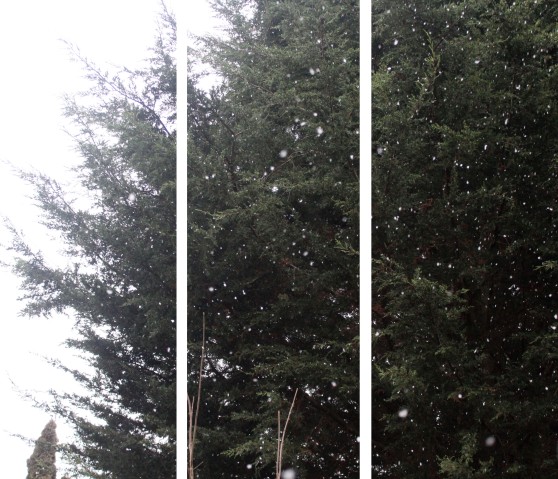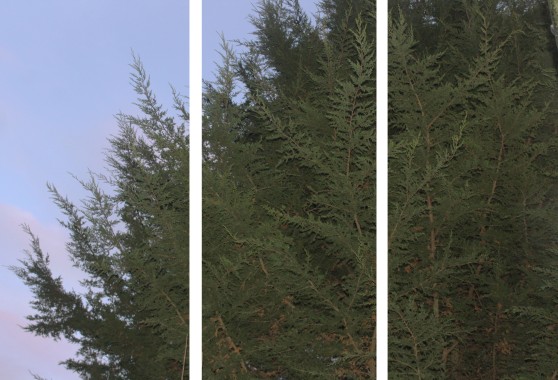Triptych Photography is a form of artwork where three visually similar images are put together to create a story or create a full image. For example, a triptych could show different weather conditions of the same place, or different facial expressions of the same person. I think this type of photography is particularly interesting and I am looking forward to trying out triptychs of my own.
Below are examples of triptychs that I found on the internet that I think accurately describe and show what a triptych includes. There are both photographic triptychs and triptychs that were drawn/painted by an artist, all of which have different meanings behind them.
Dorien Coremans:

Jen Collins:
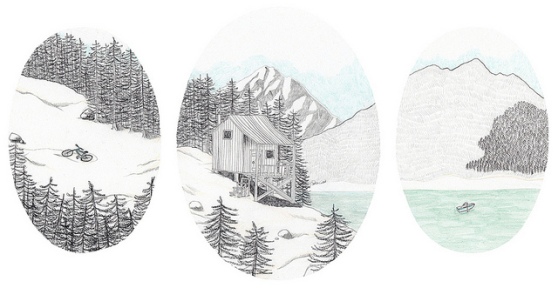
Adde Adesokan:
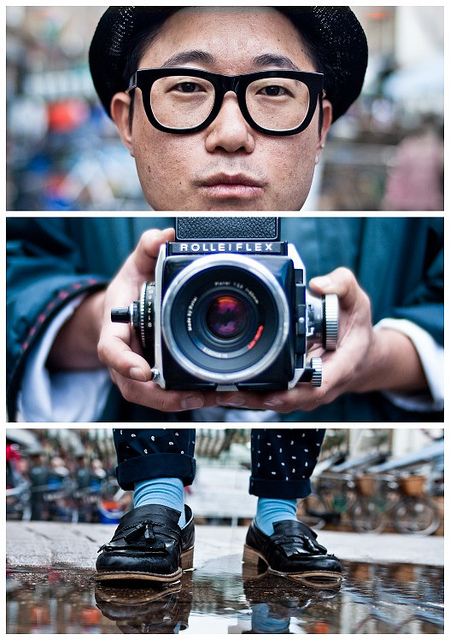
Charlie Waite:

Bob Orsillo:

Having been a photographer/artist for more than three decades, it is unsurprising that the recent work of Bob Orsillo is impressive and fascinating. I am a big fan of macro photography, and in many of Orsillo’s photographs he has incorporated it into triptychs or diptychs, so I am naturally drawn to his work. Colour seems to be a huge factor in many of Orsillo’s triptychs, for example in the photos of the bee above, yellow is extremely prominent both in the background and the focal points of the image. Shape and texture are also a common use for Orsillo’s work. So far in my research of triptych photographers, Bob Orsillo interests me most and will most likely be the main inspiration for when I start taking triptych photographs myself.
Source: http://www.orsillo.com
William Neill:

The second triptych photographer I am researching is William Neill. This particular artist seems to lean more towards landscape and natural photography rather than taking pictures of man-made objects. Neill himself quotes: “The reason I photograph is to experience the beauty of Nature, of wild places. I explore the essential elements of rock and tree, of cloud and rushing water to discover the magic and mystery of the landscape”. I think this form of triptych is really visually beautiful and makes a change from the many triptychs of humans.
Source: http://www.williamneill.com
Mark Ivkovic:

Ivkovic has always said that he wants to tell a story, and the message he can give across in his photography is the best way to allow that to happen. Unlike William Neill and Bob Orsillo, Ivokvic has specialised in portrait triptychs. This means that the story of a specific person or type of person is being told through what they’re wearing, what they look like, their emotions and their societal status in these triptychs. I think I will incorporate this type of photography into my own triptychs, so Ivkovic has been somewhat of an inspiration in terms of what topics I pursue in my shoots.
Source: http://www.bangphoto.co.uk/triptychs#0
Peter Mason:
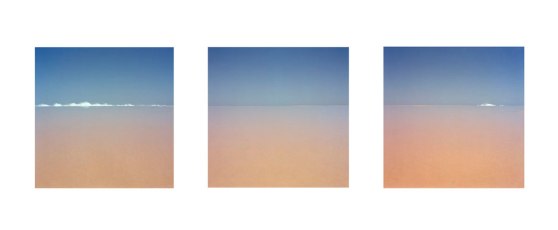
Peter Mason has had a long lived photography career and is known for his landscape triptych photographs. I have noticed that the style in which he takes them is quite different to the other photographers I have researched so far in this unit. Rather than having specific focal points, like humans or insects, the images seem to show a broad landscape, such as a skyline or a desert or a collection of clouds. It’s obvious that colour and tone are prominent formal elements in most of Mason’s work, which I think works to the advantage of having quite a bare landscape theme. Although I quite like this style of photography, I definitely prefer there to be more in an image than just one specific subject, especially when it comes to triptychs, so it’s unlikely that Mason will be an influence when it comes to me doing my own triptychs.
Source: http://lifestyle.photos
Tom Spianti:
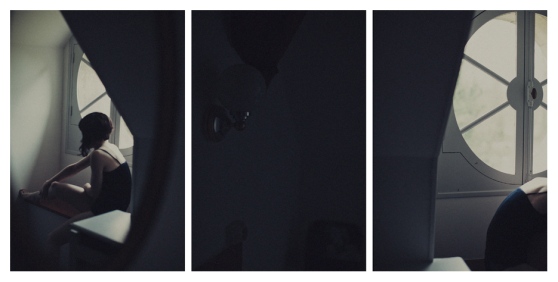
Tom Spianti is another example of a triptych photographer who creates photographs that aren’t surreal, or need much photoshop, meaning his work is very natural and authentic. Similarly to the other photographers I have researched in this particular field, his triptychs tend to tell a story, and are planned in advance rather than spontaneously taken. This specific triptych is a mix of portraiture and landscape photography, and includes many formal elements that all co-operate in making the image work well, including form, shape and tone.
Source: http://tomspianti.com
Francis Bacon:
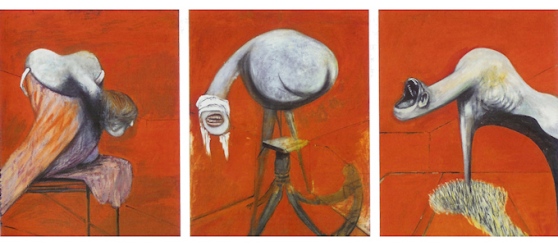
Francis Bacon is perhaps the most famous triptych artist in the art industry, with extremely obscure and abstract pieces. The surrealism involved is extremely evident with just one look at Bacon’s work. Known for both his religious artwork and his general surreal work, Bacon faced a lot of criticism in terms of how abnormal and unsettling a lot of his pieces were. I personally find Bacon’s work quite disturbing and the style of work is not something I would typically look into. However, his photographs are a prime example of the type of triptychs I am researching and so fits quite well in this research bank.
http://francis-bacon.com/artworks
Lori McNee:
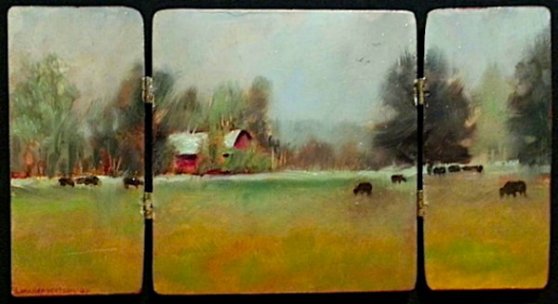
Lori McNee is a modern artist that typically paints/draws pictures involving landscape, still life and nature. She has said that she allows landscape pictures to create the work for her, and her still life photography is the main way in which she can express herself and recreate an image to suit her style and whatever she wants to put across in her paintings and drawings. Out of all the artists that I have researched, McNee’s work is my most preferred, due to the unique style of landscape paintings that she produces. Other examples of her work are in the link below:
Source: http://www.finearttips.com/loris-original-art/
Lourry Legarde:

Lourry Legarde doesn’t typically paint/draw triptychs, with the technique not being her signature art form. However, when I saw this triptych, I immediately knew I wanted to incorporate Legarde’s work into this research bank. I love the spacing and obvious focal points she has included in the above artwork, with the colours and shape being the main formal elements that catch the eye. I might even try to recreate a photograph in a similar style to Legarde’s work when I begin to do more practical work in the process of this triptych unit.
Source: http://www.lourrylegarde.com/
My Own Triptychs:
